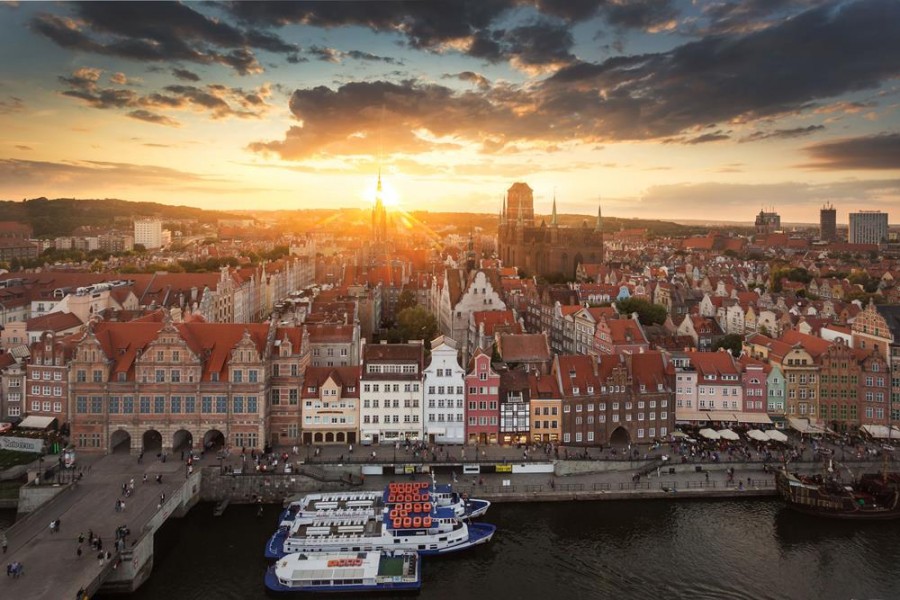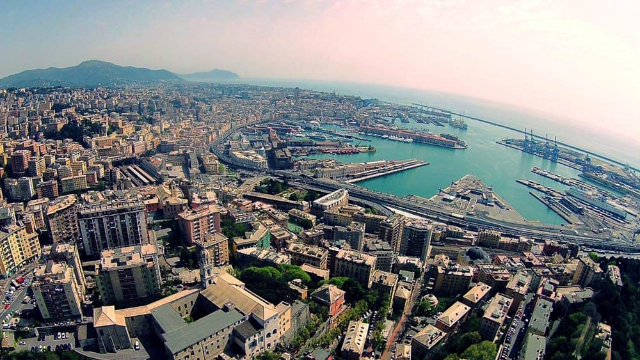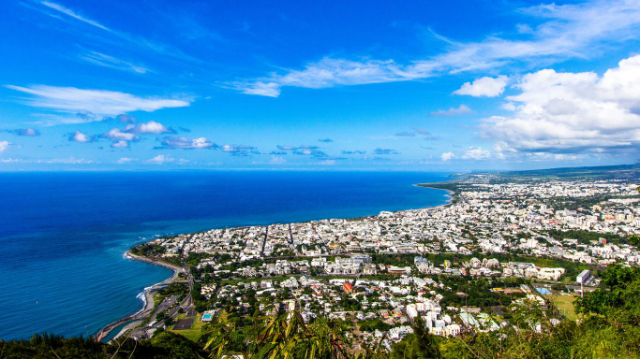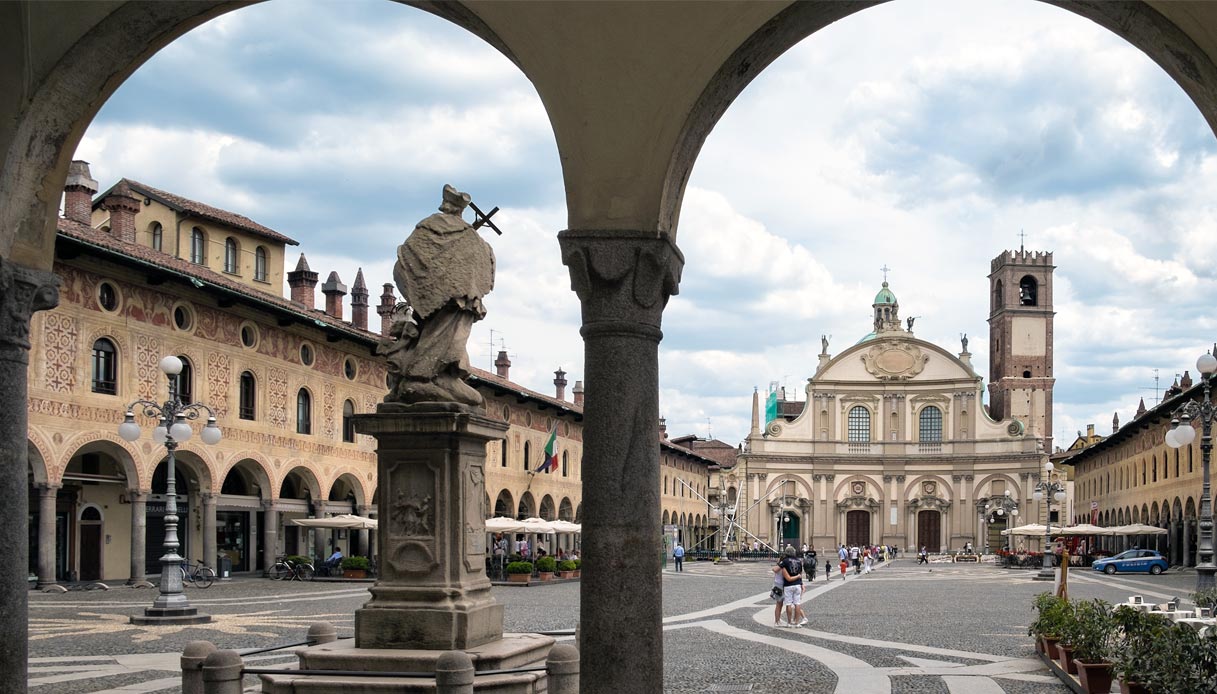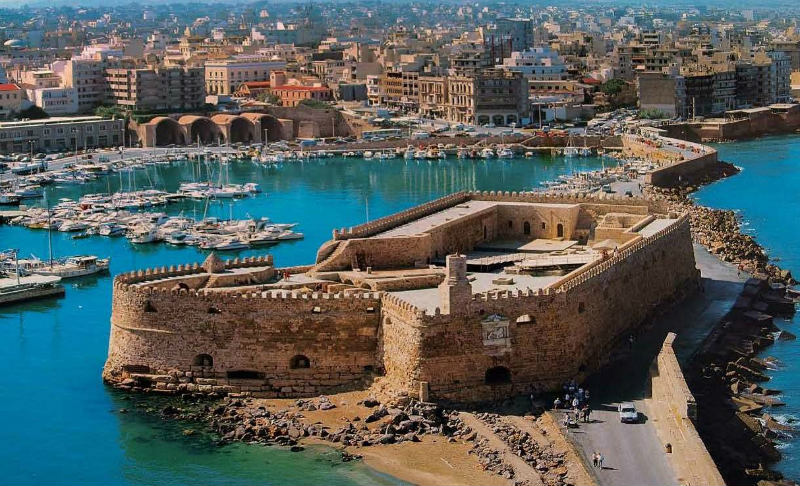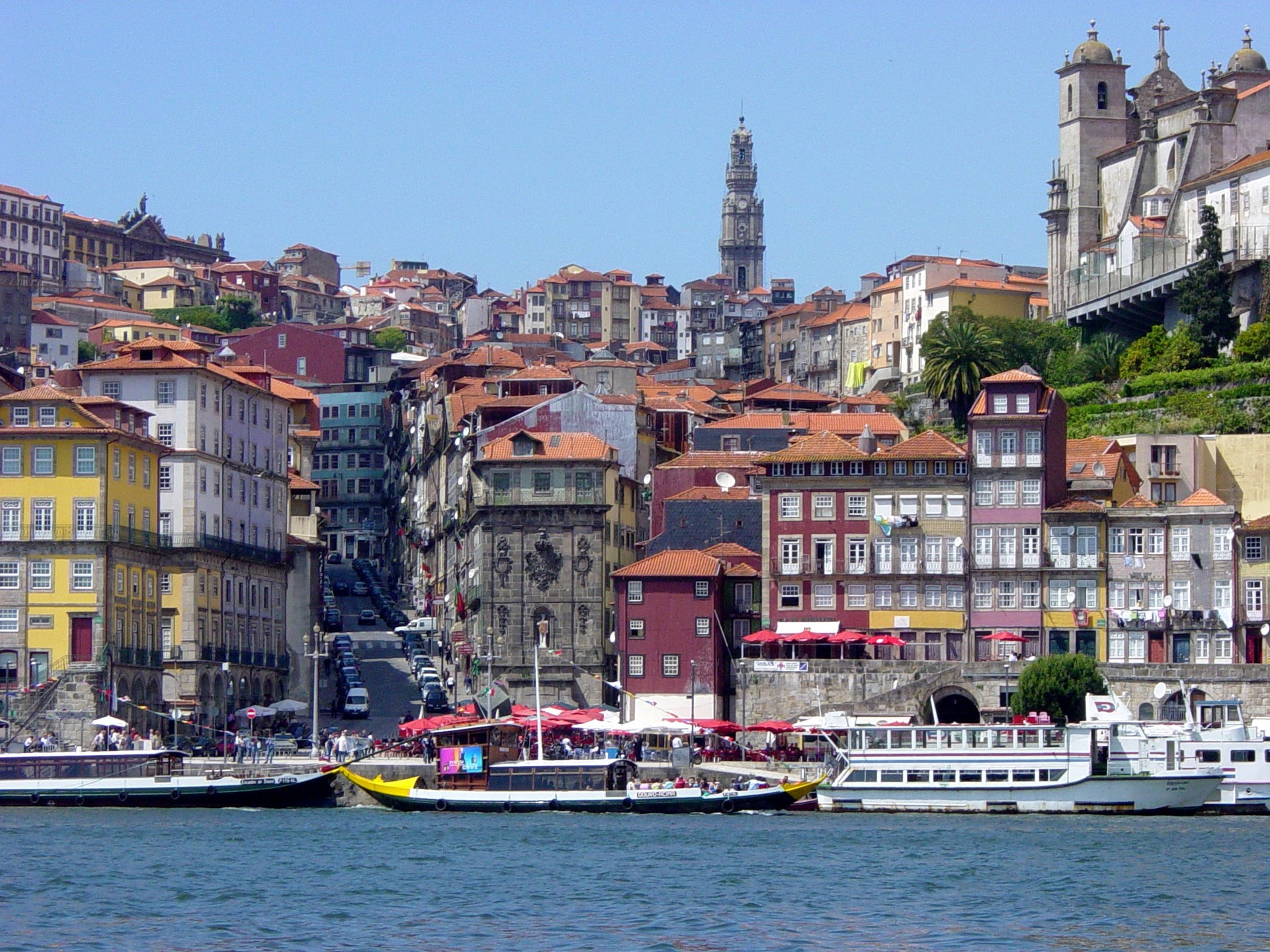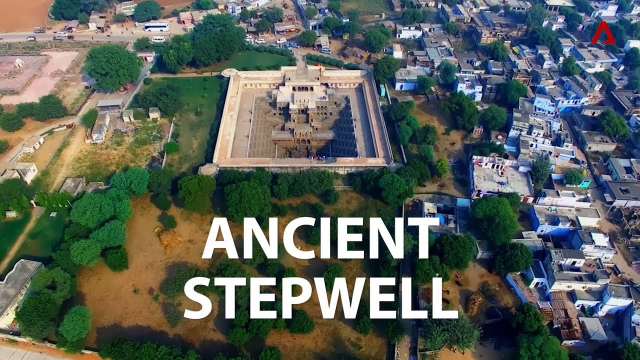Gdansk surprised me with how much it had to offer. First, there is the gorgeous Old Town. Walking the compact historic center is a delightful experience.
It contains a wealth of beautiful buildings, with ornate and colorful facades. It also offers impressive gates, a storied street, the largest brick church in the world, and a medieval crane that was powered by human treadmills. All sitting next to the picturesque Motlawa river.First mentioned as a Polish city in 997 or 999, It was part of the Polish diocese of Włocławek, as noted in a papal bull of 1148. It was granted municipal autonomy in 1260 and developed as a trade centre. In 1308 the Teutonic Knights seized the city, which they held until 1466, when King Casimir IV of Poland regained the territory after a 13-year war. Granted local autonomy by the king in gratitude for its loyalty, Gdańsk expanded greatly, reaching its peak during the Renaissance as the most prosperous port on the Baltic. By 1754 it had the largest population (77,000) of any eastern European city and annual grain exports of more than 200,000 tons.
The Swedish wars of the 17th and 18th centuries halted the city’s economic growth and began its decline. In 1772 Gdańsk was seized by Prussia, which resulted in a rapid dissolution of trade through the port, and in 1793 it was incorporated as part of Prussia. Napoleon I granted it the privileges of a free city in 1807, but its territorial separation from Poland, as a result of the creation of a Prussian corridor to the sea, ruined its economy. Gdańsk appealed for reunification with Poland (1813–14), but, when the Congress of Vienna instead partitioned Poland among Russia, Austria, and Prussia, the city was relegated to the province of West Prussia. Gdańsk became somewhat industrialized but failed to regain its stature as a great Baltic trading port.From 1919 to 1939 it again had the status of a free city, under the Treaty of Versailles, with Poland having administrative governance over it. However, the Gdańsk legislative assembly, which was of German composition, tended to antagonize the Polish overseer whenever possible. Poland finally built another port on Polish territory at Gdynia, 10 miles (16 km) to the north. Gdynia grew rapidly, and Gdańsk also flourished. German control of Gdańsk increased as the German National Socialist (Nazi) Party won a majority of the assembly seats in the 1933 and 1935 elections. In 1938 Adolf Hitler demanded that the city be given to Germany. Poland’s refusal was used by Germany as provocation for its attack on Poland on September 1, 1939, which precipitated World War II.The city centre, known as Główne Miasto (“Main Town”), lies on the Motława, a tributary of the Vistula, 2 miles (3 km) inland. Not to be confused with Stare Miasto (“Old Town”)—which lies to the west and is the site of several significant historic structures, including St. Catherine’s Church—Główne Miasto was rebuilt after World War II.
